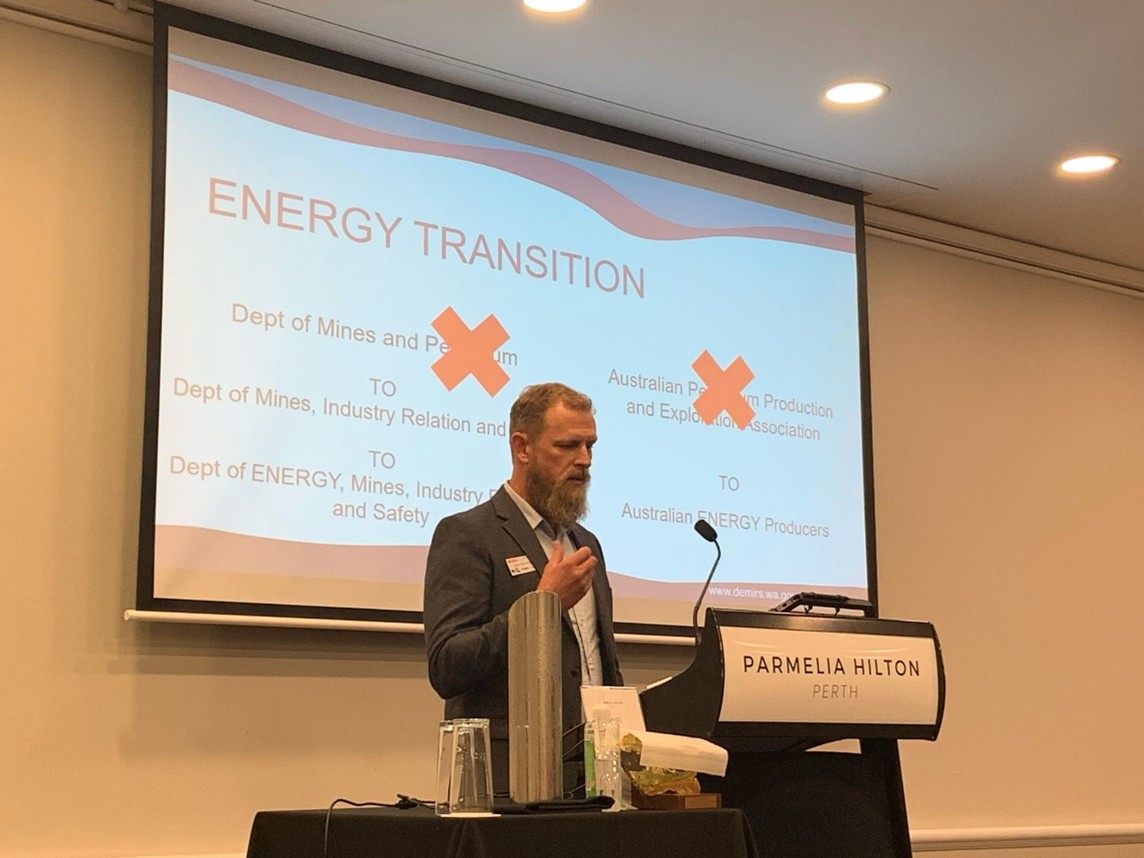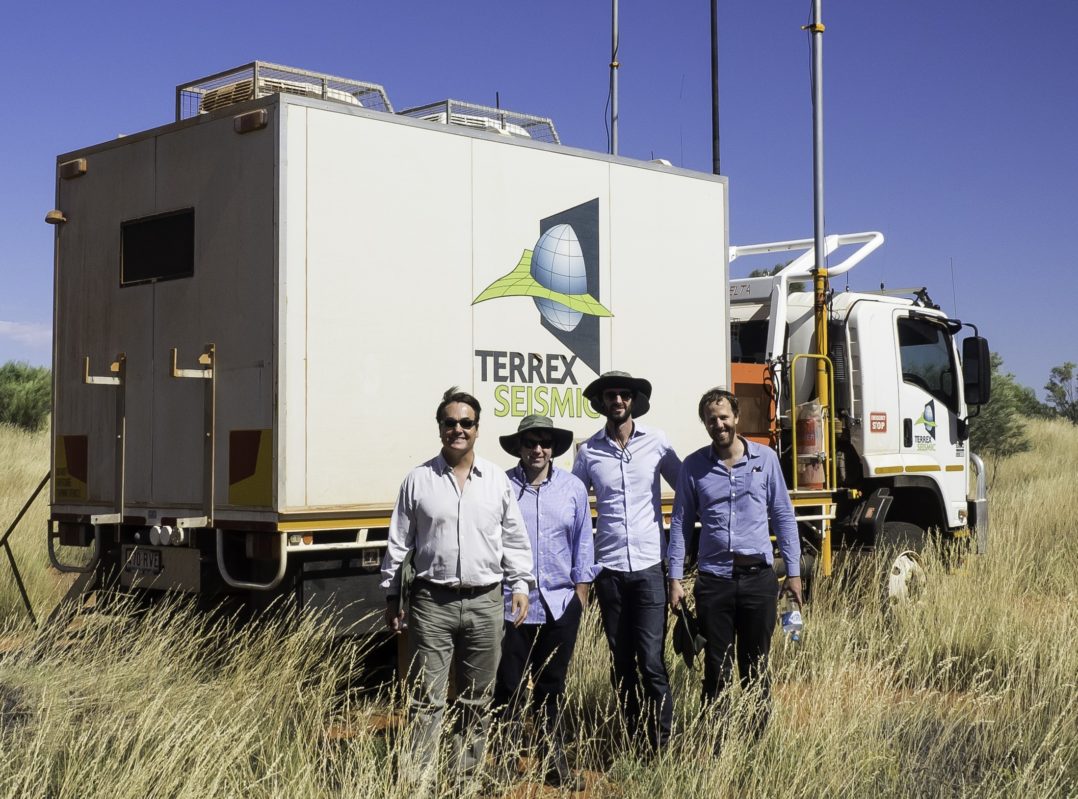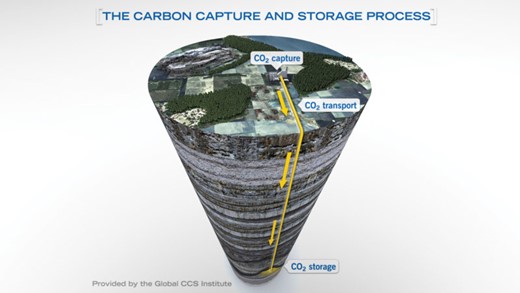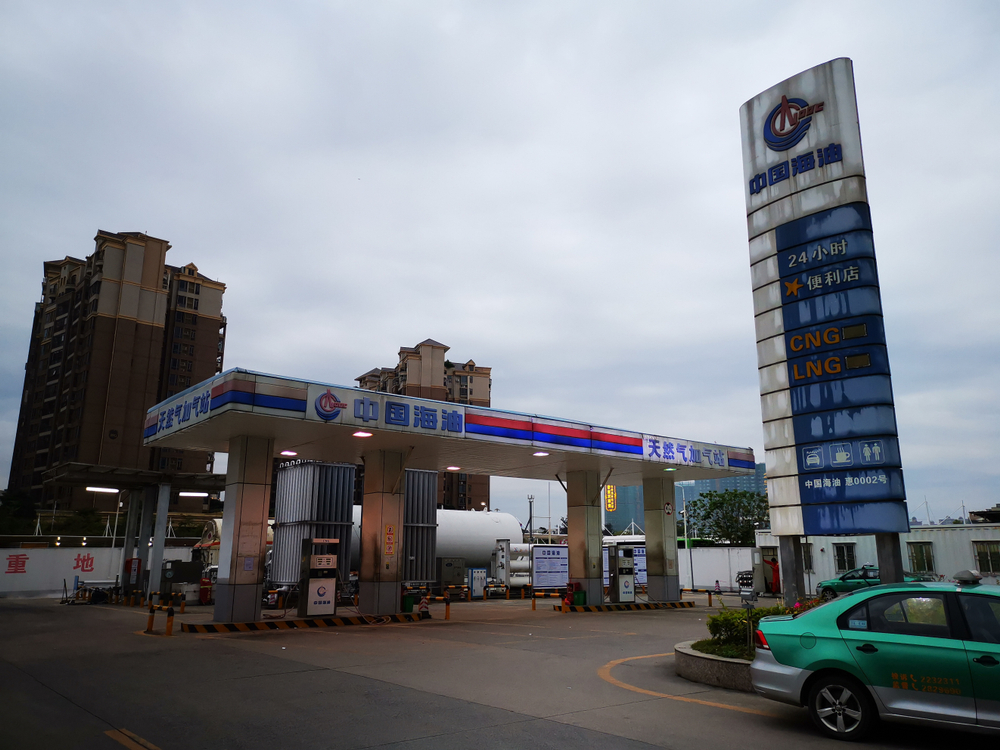On 20th February the WA branch lunch was held at the Hilton. The topic was “Natural Hydrogen in Western Australia” by Leon Normore, Geological Survey and Resource Strategy Division, Department of Energy, Mines, Industry Regulation and Safety, Government of Western Australia.
Leon provided an up-to-date summary of recent studies in Australia on hydrogen in natural gas samples in both sedimentary basins and cratonic settings and also discussed multiple abiogenic sources for natural hydrogen.
He summarised GSWA studies of open file data which focused on historical occurrences of hydrogen within the onshore sedimentary basins with petroleum wells the primary data source in Canning Basin, Perth Basin and Southern Carnarvon Basin well. Hydrogen has also been detected in mineral exploration drillholes. Leon showed us examples of surface hydrogen seeps, colloquially known as ‘fairy circles’ in the Perth Basin and the Yilgarn Craton.
The validity of soil gas spot sampling was also discussed and the continuous soil gas measurement programs that have been carried out using a continuous multi-gas monitoring system called WHALI from Axiom Sensing (see Davies et al., in prep.). The next phase involves next generation, passive continuous multi-gas sensors from Axiom Sensing called IVY. Additional studies in the Perth, Officer and Canning basins include the use of Fluid Inclusion Stratigraphy (FIS) from well cuttings and core which have demonstrated anomalous zones of both hydrogen and helium in petroleum wells in all three basins.
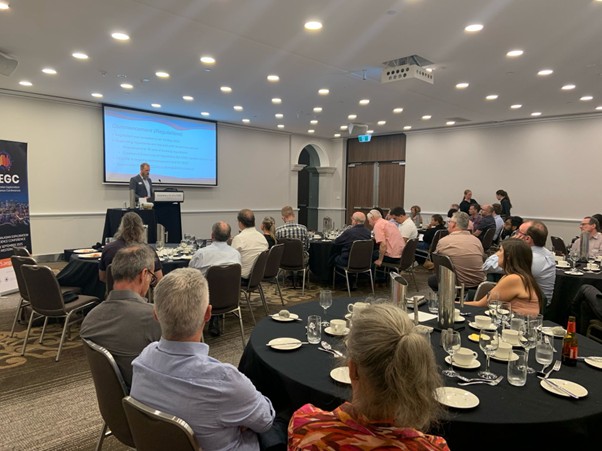
UPCOMING EVENTS
PESA WA Evening Talk: Thursday March 20th 6:00 pm – 8:00 pm @ The Shoe Bar
“Tight Gas Sand Reservoir Evaluation: Basin-Centred Gas Accumulation (BCGA) & Implications on Production & EUR” by Greg Salter, Core Laboratories
Tight gas sand (TGS) reservoirs often offer significant resource potential, however, they can pose many challenges including pay identification, the potential of formation damage, water and/or condensate block, as well as others. Another challenge may be what is the true water saturation? Is the water saturation controlled by capillary forces or is the reservoir a basin-centred gas accumulation (sub capillary-equilibrium) as published by a number of authors in the literature. This presentation will investigate the identification and characterization of basin-centred gas accumulation reservoirs and the implication on production and EUR.
15th May evening for the SPE – PESA joint event (TBA)

